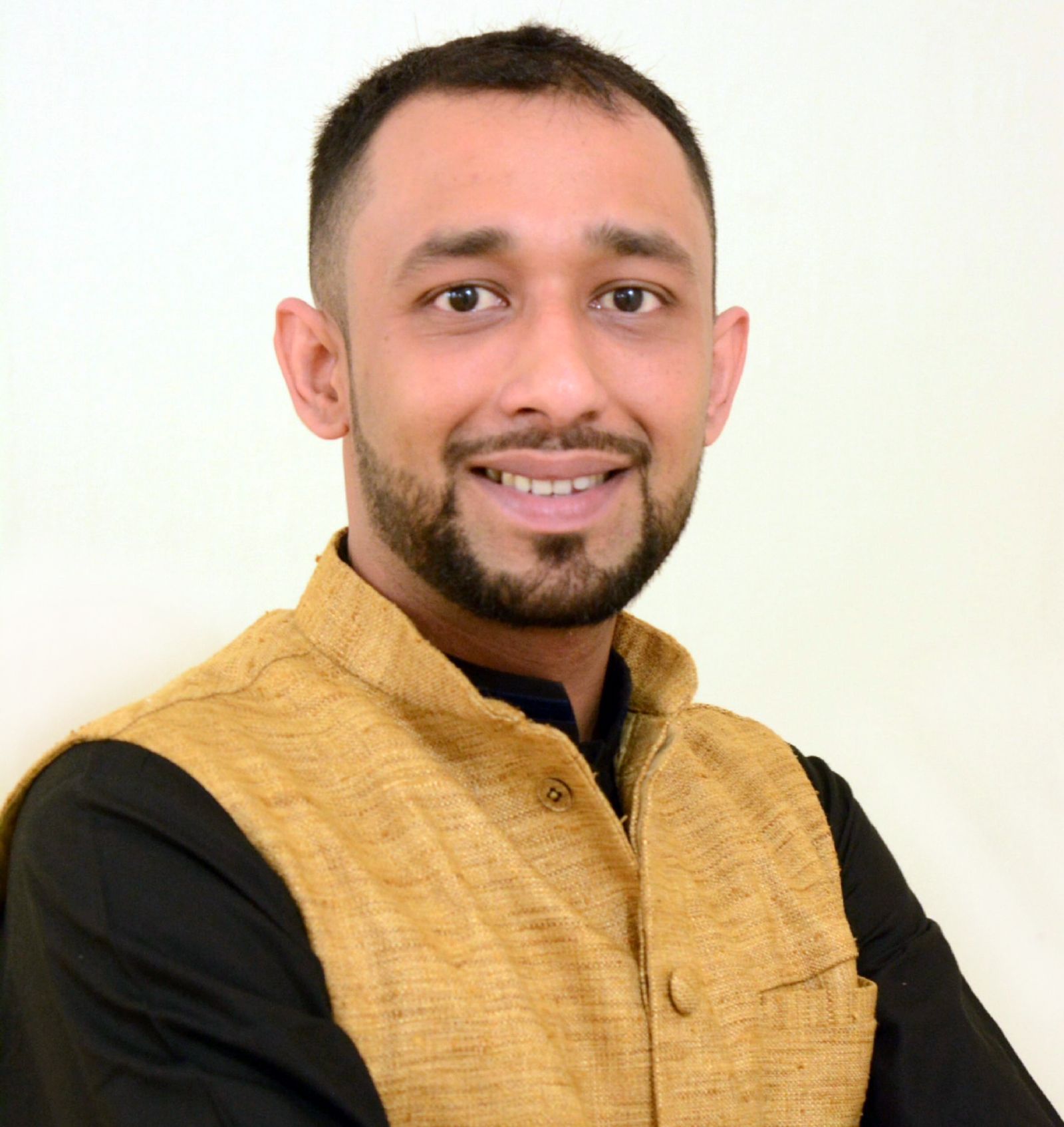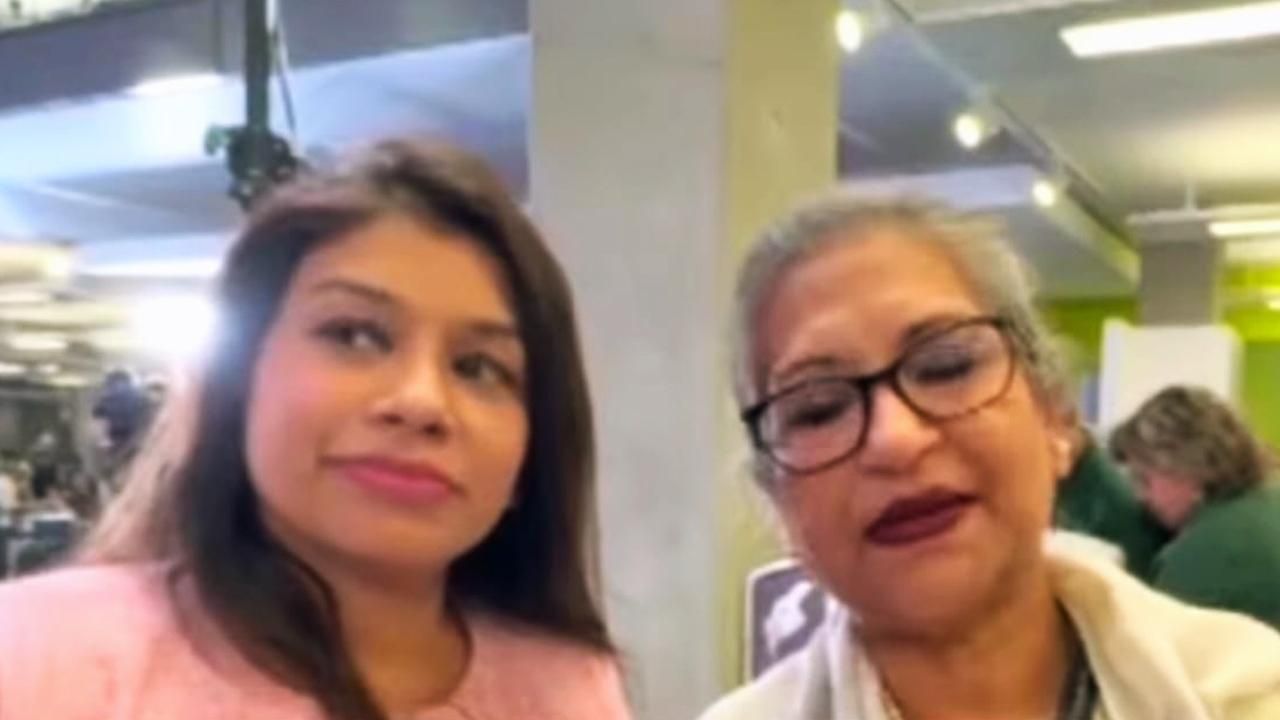Being in opponent for 14 years, Labour Prime Minister Keir Starmer's cabinet formation has been influenced by experience. Four ministers were in the Labour Cabinet in the past. The Cabinet is mostly made up of MPs from Greater London. Since Starmer had the opportunity to prepare, the cabinet has the impression of planning and coordination.
There is ideological, gender, ethnic, class, and geographic diversity in the Cabinet. A record number of female MPs have also been appointed to the new cabinet. The average age of the new cabinet members is 53 years. There are 44 percent women MPs in the cabinet. Starmer's cabinet is the most gender-balanced in history and has a relatively young and old mix. Hilary Benn, 70, is the oldest member of the Cabinet, and Transport Minister Lewis High is the youngest. She is 37. In the first meeting of the Cabinet on Saturday morning, the Prime Minister reiterated his commitment to do something meaningful for the people of the country.
In this new cabinet of 25 ministers and ministers of state, David Lammy, who got the responsibility of Foreign Minister, was elected the youngest MP of that time at the age of 27. In 2000, he served as a junior minister under Tony Blair and Gordon Brown. Lammy was the Shadow Foreign Secretary during the Conservative Party's time in power in the UK. He has been speaking on behalf of the Palestinian state for a long time. Starmer has chosen women for a record 11 posts, including deputy prime minister. Rachel Reeves was appointed as the first female Chancellor in British history, and Angela Rainer as Deputy Prime Minister. Evette Coupa, one of Labour's most senior women, has been appointed Home Secretary in Starmer's cabinet. There are two ministers of Asian descent in the cabinet, namely Muslim women MPs Shabana Mahmud and Lisa Nandi. Lawyer Shabana Mahmood has been made Minister of State for Justice and Lord Chancellor. Although Shabana Mahmood was born in Birmingham, she is of Pakistani-controlled Azad-Kashmir origin. In 2010, she became the first non-British Muslim woman elected to the House of Commons. Two more women (Bangladeshi Rushnara Ali and Pakistani Yasmin Qureshi) became members of parliament that year.
She is the second woman to hold the post after former Conservative leader Liz Truss. Besides, Lisa Nandi has received the responsibility of the Ministry of Culture.
Diane Abbott, a Labour veteran who has served in the Hackney North and Stoke Newington seats for almost 40 years and is Britain's first black woman MP, will serve as Mother of the House. After 1979, the maximum number of new MPs will sit in parliament. More than half of the Parliament, i.e., 334 MPs, are elected for the first time.
In the new cabinet, the ministers have to prove their competence if they are to survive until the next reshuffle. Several thousands of Bangladeshis active in Labour Party politics in the country are hoping that at least one of Roshanara Ali, Rupa Haque, and Tulip Siddique will join the cabinet in the next reshuffle.
The first challenge for the cabinet is to establish good governance. Opposition politics and government management are completely different things. Several of those in the new government have served as shadow ministers in the past. The people of the country, including the British-Bangladeshis, are now waiting to see how much they can use that experience.








.svg)


